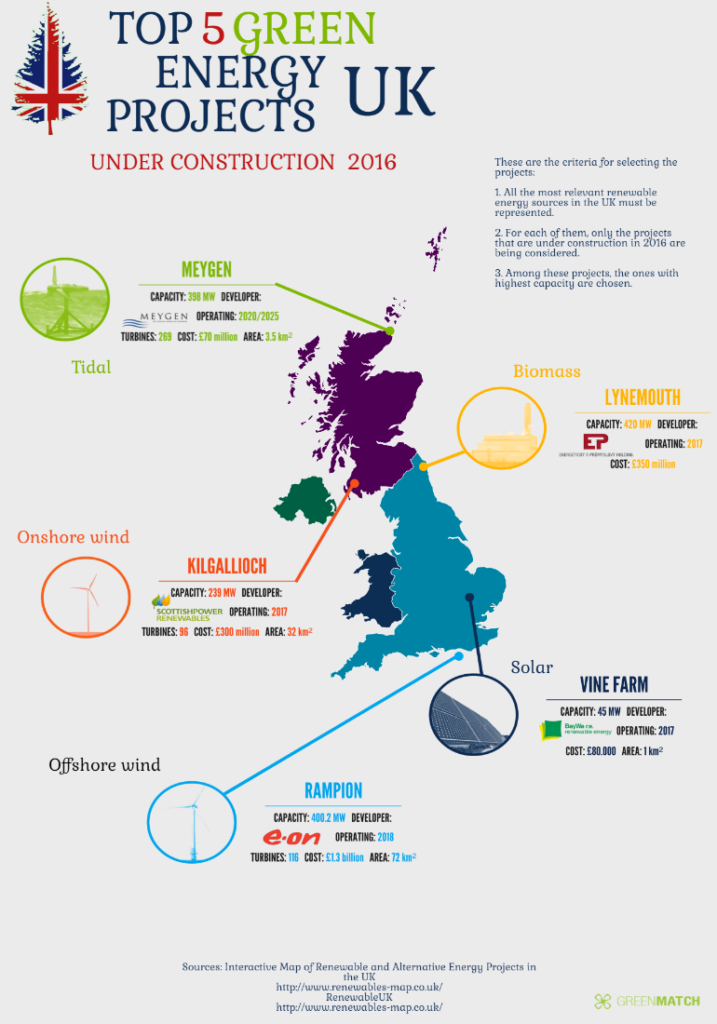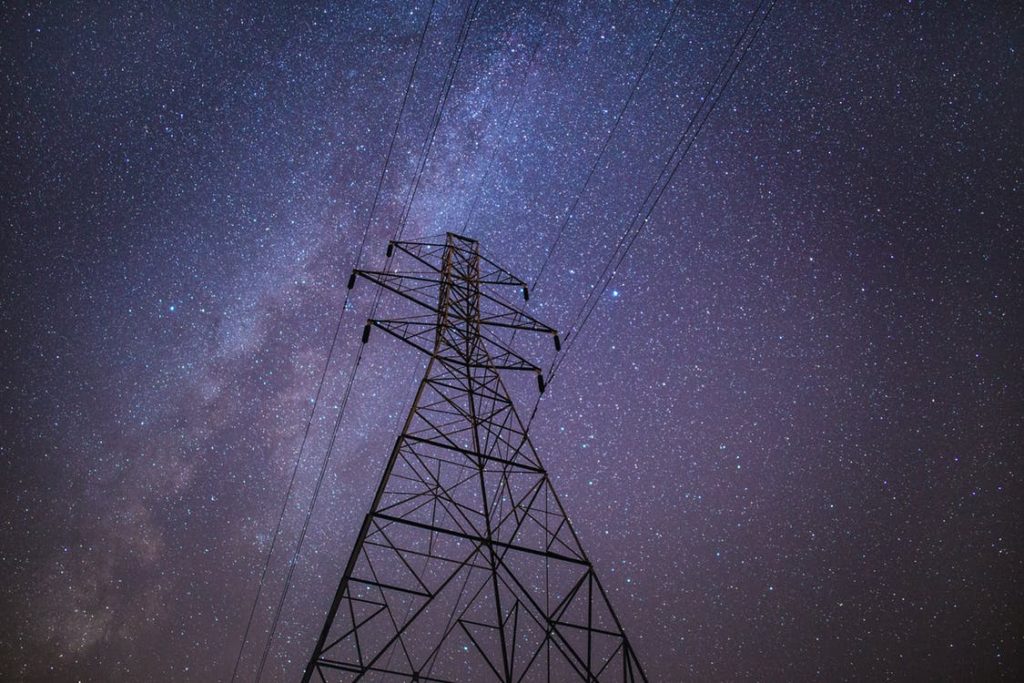Last week we discussed the Distribution Use of System- the cost of distributing electricity across the national network so make sure to catch up on that post. Following on from this, the TUOS Transmission Network Use of System is the process of recovering the cost of running and maintaining the national grid.
To summarise the basis of TUOS Transmission Use of System: in order for there to be a reliable source of electricity, there must be a reliable transmission network which connects the power stations to various distribution networks across the country. For England and Wales, this transmission network is owned by National Grid Transmission PLC and in Scotland, by Scottish Power & Scottish Hydro.
Electric power transmission is the movement of a large quantity of electrical energy from the generating site. When these lines are connected- as you will have seen throughout the countryside- it becomes known as a transmission network or power grid. The owners of the grids are responsible for the running and maintaining of the networks which they fund by charging users of the system. This charge may show up on your bill as the ‘Transmission Network Use of System Charge’ and is a split cost between the generators and suppliers of electricity.
If you compare the figure to your counterparts in other areas of the UK, you may find you’re paying a different price for this tariff despite using a similar amount of energy. This is because the costs are set per year by National Grid Transmission PLC and vary dependent on location. The UK is divided into transmission zones, and each has a different tariff for generating and consumption. An overall trend is that we can see a higher tariff for generators in the north and a higher tariff for consumers in the south. This is reflective of the fact more electricity is generated in the north and more electricity is consumed in the south.
We spoke in our DUOS blog about how with the decrease in power plants and the increase in power from renewable energy there needs to be an adjustment in the grid in regards to the places it’s connected to. Currently, there’s a huge push to connect more and more renewable generators to the National Grid- the more renewable power entering the National Grid, the more reliant we can become on the intermittent power renewable sources provides.
The National Grid then, has a duty to adapt to the changing model of the energy generation system. Large investments are in order to ensure these changes can be made;
- Extend high voltage transmissions to the grid to connect the renewable generators; this will be both expensive and challenging as many renewable sources are either in remote areas or offshore which is especially applicable in the coming years- looking at the upcoming offshore wind projects such as MeyGen in the Inner Sound of the Pentland Firth operating in 2020/2025 with 269 turbines and Rampion in the English Channel operating in 2018 with 116 turbines. These projects are throughout the UK additional to existing projects, and have a need to be able to feed into the National Grid.

- Balancing the electricity network; the more renewable power that we rely upon to be inputted into the system, the more balancing the system will need. Renewable power, whilst it has incredible benefits still has one major flaw: it’s unreliable. We are heavily relying on sunlight for solar PV panels, or a constant level of wind for onshore and offshore wind farms. If we don’t receive the level of sunlight or wind for instance that we’d expect, on that day there won’t be the electricity generated that is required to cover the demand. Balancing the system to make sure demand never exceeds supply is of an extremely high importance to ensure the network can face up to the challenge.
In the future, with no chance the growth in renewable energy is slowing down, the need to keep building a wider reach for the grid, whilst maintaining the current infrastructure means that the costs to cover this will only increase. Currently, the National Grid Transmission PLC recovers 73% of transmissions costs through Transmission Network Use of System charge passed through invoices to homes and businesses and 27% through generators. A European legislation exists that cap generators transmissions costs at €2.50/MWh. Since this cap can’t be broken, to get around it, as transmission costs rise, it’s expected the National Grid Transmission PLC will need to increase the percentage ratio from homes and business likely to push the Transmission Network Use of System charges for business up between 20-30%.
So how are you charged?
The charge is based on your average demand during the three half-hour periods of greatest national demand between November and February- known as the triad, multiplied by the tariff for your zone. The three triad periods almost always fall in the early evening (4pm-7pm) when there is the most demand for power.
As always, if you’d like to discuss any of the points we’ve spoken about in this blog and how it affects your business, please get in touch with one of our expert energy advisers.


